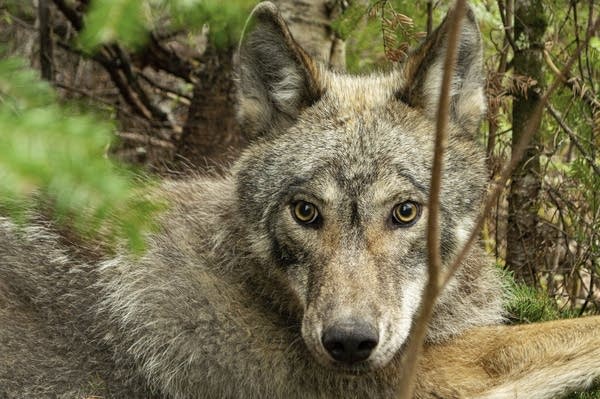A day in the life of a wild Minnesota wolf

This May 2020 photo provided by the Voyageurs Wolf Project shows a wolf just south of Voyageurs National Park, Minn. Voyageurs Wolf Project scientists have released what they believe is a first-ever video showing an entire day in the life of a wild wolf, shot from the wolf’s perspective.
Tom Gable | Voyageurs Wolf Project via AP
Go Deeper.
Create an account or log in to save stories.
Like this?
Thanks for liking this story! We have added it to a list of your favorite stories.


